The 'Strangers Book'
By Alex Boswell with Sarah Hill
Last Autumn, two 19th-century logbooks were discovered in The Portico Library’s archives. These ‘Strangers Books’ are hand-written records of all those who visited the Library on a temporary basis between the 1830s and the 1850s. At times, the books resemble a list of characters from a Boy’s Own adventure story, with mountaineers, palaeontologists, Irish cavalry officers and Napoleonic War luminaries all passing through the old entrance on Mosley Street. There are records of visitors from around the globe, as far as Rio de Janeiro, Old Calabar (Akwa Akpa), Calcutta (Kolkata), Bombay (Mumbai) and Tasmania.
The Strangers Book
The Strangers Book
Several champions of the abolition movement are recorded in the books, such as the Massachusetts-born campaigner Parker Pillsbury and George Thompson (who later witnessed the fall of the Confederacy alongside Abraham Lincoln). The 1857 Art Treasures Exhibition also brought 1.3 million visitors to Manchester: so far, we’ve uncovered a coterie of painters, architects and literary figures visiting The Portico Library during this period.
Parker Pillsbury by an unknown photographer, Portraits by American Abolitionists (a collection of images of individuals representing a broad spectrum of viewpoints in the Slavery debate), collected by Frances Jackson Garrison, photograph number 81,523, Massachusetts Historical Society.
Above: Frederick Douglass’ image reproduced on a Carte de visite from 1863. Douglass considered photography an affective prerequisite for social movement and wrote extensively on its importance: “The few think, the many feel, the few comprehend a principle, the many require an illustration.” Read more.
Right: Samuel Ringgold Ward, abolitionist, newspaper editor, and Congregational minister. This portrait was included in his 1855 Autobiography, the only known first-person verbatim narrative written by a formerly enslaved person in The Portico Library’s collection.
A letter from Parker Pillsbury, thought to have been sent from Manchester (UK), December, 1855. Pillsbury wrote a letter of transmittal on the reverse of the last page of a circular letter which is dated from Glasgow in October of 1855. Entitled Glasgow New Association for the Abolition of Slavery, the circular makes an appeal for funds to support abolitionist and former slave Frederick Douglass' newspaper, The North Star. Read more.
From left to right: Abolitionists Wendell Phillips, William Lloyd Garrison and George Thompson, daguerreotype by Southworth & Hawes, 1851.
Manchester Art Treasures Exhibition, The Nave, From The Organ Gallery. Photograph by Philip H. Delamotte, 1857. Credit: The Getty Museum.
In 1840, The Portico was visited by the American meteorologist and pioneering weather forecaster James Pollard Espy, who had come to Manchester to research his Philosophy of Storms. He believed that Manchester’s high rainfall was caused by rising smoke from the city’s factories and that other cities would therefore be able to create rainfall by burning large quantities of wood or coal. Espy was given the disparaging nickname ‘The Storm King’ and his theory was widely discredited by his peers, but would later inspire Austrian psychoanalyst Wilhelm Reich (1897–1957) to construct his notorious ‘Cloudbuster’ — which in turn, later still, would inspire Kate Bush’s song of the same name.
From The Philosophy of Storms, James Pollard Espy, 1841.
Surviving Cloudbuster device built by Wilhelm Reich located in Maine, United States. Photographed in 2012.
The Strangers Book also records a visit from a Reverand C. W. Denison on 25 Feb, 1862. Chaplain to the American relief ship ‘George Griswold’, Denison travelled to Manchester more than once during the Lancashire Cotton Famine, with intriguingly mixed responses from those he met. An article in The New York Times dated 29 March, 1863, places him at the centre of a ‘turbulent meeting’ in Stevenson Square, organised to distribute food but accused by its critics of promoting the American Federal Government. The ‘mixed’ crowd — including ‘friends of the Confederate government’ and unemployed workers — interrupted Denison’s speech with cries of ‘humbug’ and ‘no religion’! In the ensuing chaos he was struck by a flying loaf of bread taken from the relief stores and quit the platform just as a ‘vote of thanks was passed to the people of the United States for the generous gift they had sent to the people of Lancashire.’
USS Hunchback crewman in the American Civil War, photograph by Matthew Brady, 1864-65.
The Cotton Famine, Manchester, 19th century. Credit: Wellcome Collection.
These entries are fascinating and, from our modern perspective, occasionally amusing (such as the 1837 visit from a ‘George W. Bush Esq.’). Cracked and fraying at the edges, these logbooks bear the must and dust of almost two centuries. Written in the ornate, tilting handwriting favoured by Victorian society, they can often be hard to decipher. But, as staff and volunteers continue to transcribe and research the Strangers Books, it’s hoped they will continue to offer up more of The Portico Library’s secrets.
Alex Boswell is a volunteer at The Portico Library
Sarah Hill is The Portico Library’s Portico Prize and Communications Officer












